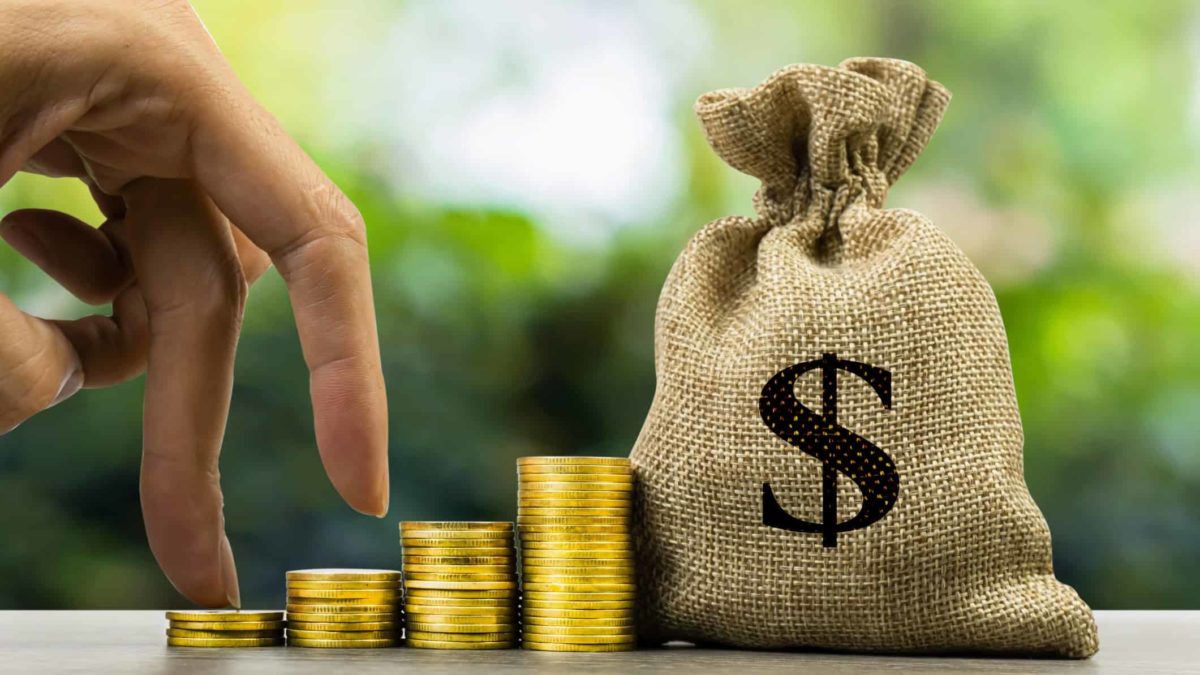ASX dividend shares are known as being capable of being able to pay higher levels of income than what someone could get from a bond or banking savings account.
However, there are a group of businesses that are expected to pay a much higher-than-average level of dividends to investors.
Companies have the ability to decide what level of shareholder payout to dish out. But share prices are volatile and up to the market to decide.
Here are two ASX dividend shares that have the potential to pay bigger dividends:
Inghams Group Ltd (ASX: ING)
Inghams is the largest integrated poultry producer across Australia and New Zealand. It's over a century old, though it hasn't been on the ASX for that long.
People always need to eat food of some sort, so there is generally a fairly consistent level of demand for Inghams' products.
However, the last few months have seen imbalance between supply and demand with product shortages. The rapid spread of the Omicron variant led to staff shortages and also impacted the Australian supply chain, operations, logistics and sales performance. Omicron was also impacting suppliers and customers. This disrupted production and distribution capability, as well as hurting sales.
Over the last five months, the Inghams share price has dropped more than 10%. However, this offers prospective investors with a higher potential yield. It's working on a number of initiatives to improve its operations and profitability in the coming years.
How big will the dividend yield be? Citi thinks the grossed-up dividend yield will be 6.1% in FY22 and almost 8% in FY23.
BHP Group Ltd (ASX: BHP)
BHP is an ASX dividend share which has built a reputation as a dividend payer. It's currently the biggest dividend payer in Australia and one of the biggest in the world.
The S&P/ASX 200 Index (ASX: XJO) resources business just unveiled a 77% increase in its underlying earnings per share (EPS) to US$2.11. This helped grow the interim dividend by 49% to US$1.50 per share.
BHP was boosted by higher commodity prices for all of its operations compared to the prior year, including iron ore, copper, nickel, coal and oil.
The ASX dividend share remains positive on the outlook for long-term global economic growth and commodity demand.
BHP says that population growth, the infrastructure of decarbonisation and rising living standards are all expected to drive demand for energy, metals and fertilisers for "decades to come".
How big will the BHP dividends be in the coming years?
Credit Suisse, which is currently 'neutral' on the business, has a price target of $44 on BHP. The FY22 grossed-up dividend yield is expected by the broker to be 10.7% and 10.1% in FY23.









